A multi-million dollar chess match
by Brian Crawford
What does a chess match at the end of a gay bar bar crawl have to do with ice manufacturing, Wholey’s Market, the mob, the library, and a historical society? Well, everything of course.
Dr. David Rotenstein speaking at the Carnegie Library of Pittsburgh Lawrenceville Location
Stars aligned on an early Wednesday evening when I realized, a book I needed to check out at the Carnegie Library of Pittsburgh (CLP), was available in its Lawrenceville branch; the same neighborhood in which I was attending a meeting, where I had to cross a bridge from my home in Beechview to get there. It was my first time in the Lawrenceville CLP branch and I love exploring old buildings so, when checking out, I asked if there was anything worth seeing upstairs or downstairs. To my delight there was a lecture being held downstairs hosted by the Lawrenceville Historical Society. YES! This was my chance to kill time and avoid the rush hour traffic. Little did I know it would bring me back to a riveting game of drunken chess at the end of a night, of gay bar bar hopping, a month earlier.
Dr. David Rotenstein, the event’s lecturer, is a historian who’s been researching history and recording the demolition of the historic building, known for its iconic Whooley’s sign, for two years. The massive building heralds back to a Pittsburgh industry long forgotten. No, not coal, steel, aluminum, or even glass, but ice manufacturing. The “Wholey’s building” was built as a massive cold storage facility which, with layered walls of a two one-foot concrete walls separated by a foot of powdered cork, served as somewhat of a massive refrigerator for perishable foods and ice created in the ice manufacturing building on the back right of the cold storage facility.
Both buildings surround the building which houses Real Lucky Café, or Lucky’s a historic gay bar. A wall of the cold storage facility, or “Wholey’s building”, and a wall from Lucky’s bar are just four inches apart. In order to preserve Lucky’s, tearing the cold storage facility building down will cost millions, and the process for which they are doing it is fascinating. Seeing video footage of the process at the lecture reminded me of my first Lucky’s experience, an experience I wouldn’t have enjoyed if the bar had decided to sell.
Demolition of the Cold Storage Facility
Exactly one month before attending Dr. David Rotenstein’s lecture I was standing on Lucky’s back deck gawking at the half standing remains of the cold storage facility. Nothing stands between deck of the fun bar, known for its live male dancers, and the carnage of a construction site that looks like something you’d see in a war zone, like in Ukraine, where a building had met the impact of a stray missile. I walked out onto that deck after two intense games of chess inside the bar (I won one match and was crushed in the second). The demolition of the cold storage facility was more closely resembled the chess match inside than the war in Ukraine.
As video taken by Dr. Rotenstein shows, in order to keep Lucky’s standing, bore holes were drilled into pieces of the concrete wall of the cold storage facility, cables run through those holes, and then, small piece by small piece, slowly lifted into the air and carefully moved hovering over Lucky’s. The procedure requires strategy and precision, more like the chess game and less like the war zone it resembles. One cable slip on the crane and I never would have seen Lucky’s for myself.
Growing up in Southwestern Pennsylvania as a gay man was not easy. It was even worse outside of the city where you’re taught your entire life, by your entire culture, that who you are is disgusting, wrong, an affront to god, synonymous with bad, an insult in school, make you “not a real man”, and so on and so on. The negative signals you grow up with are to numerous to count and you didn’t have access to lgbtqia+ magazines that were in the city (blogs weren’t really a thing back then). In many cases, because of that, I and many others, have “come out” way later in life than I should have felt okay to do. It’s why at age 35 I was seeing Lucky’s for the first time. My friend, and fellow PGH Museums director, Lance McFadden took me on my gay bar bar hopping adventure. He has been going to Lucky’s for 14 years now.
“I was worried,” Lance said about the possibility of Lucky’s being no more. “Nancy has been supporting the gay community for decades. So in that sense, I was hopeful she would not sell the bar and that she would be defiant and you know, let’s have our bar. At the same time, when money is presented to you and a certain amount is presented…”.
Nancy Pribich, the bar owner, truly has been supporting the gay community for decades, something sadly needed due to the culture described above. According to Rotenstein, through the bar, Nancy has provided AIDS testing, food for gay men who had been thrown out of their homes and more. She purchased the bar buying shares from other owners, including Robert “Lucky” Johns who initially owned the bar as a gay bar and who had been influential in opening many gay bars across the city. During the last few years, living in a weird pandemic world, many of the regions lgbtqia+ establishments are no more, making a place like Lucky’s, rich in history, so much more valuable to keep around.
Dr. Rotenstein’s lecture, “Cold Storage and Real Luck” A Slice of Strip District History, dives with great depth into the history of the ice making industry, Pittsburgh’s impact as a gateway to the west, the mob’s impact in the ice making union and the progression of the Lucky’s building from a jewelry store to a gay night club with original photos on display, news reports from the time and more. His lecture provided a wealth of knowledge in a piece of Pittsburgh history little known to many. It’s worth exploring for yourself.
From what I can observe, the crew demolishing the cold storage facility and ice making factory are playing a flawless game. Was my chess play as impressive? “I was impressed if memory serves,” Lance told me, “I don’t know many people who play chess.” He says that but we were both drinking all day, so what does he know?
To learn more about the history of ice manufacturing in Pittsburgh and the facility, check out the Society for Industrial Archeology’s spring newsletter: https://blog.historian4hire.net/wp-content/uploads/2022/07/SIAN-Federal-Cold-Storage_Spring_2022_ColorWeb.pdf
To learn more about the Lawrenceville historical society visit: https://www.lawrencevillehistoricalsociety.org
To learn more about Real Luck Café visit their Facebook page: https://www.facebook.com/profile.php?id=100057760895936
Brian has spent years working in new media throughout the Southwestern Pennsylvania including podcasting, videography, and blogging. Brian the founder of PGH Museums.
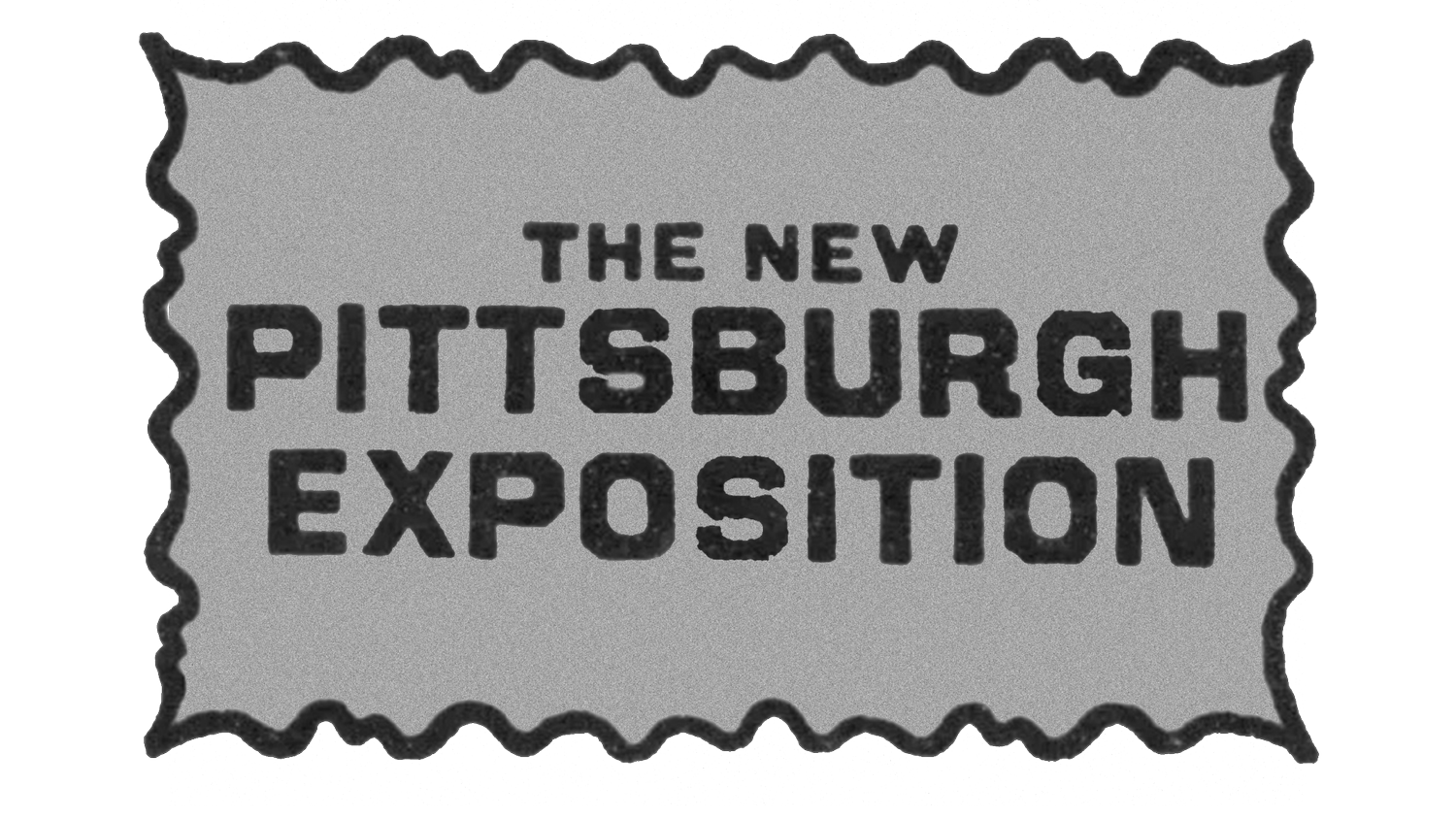
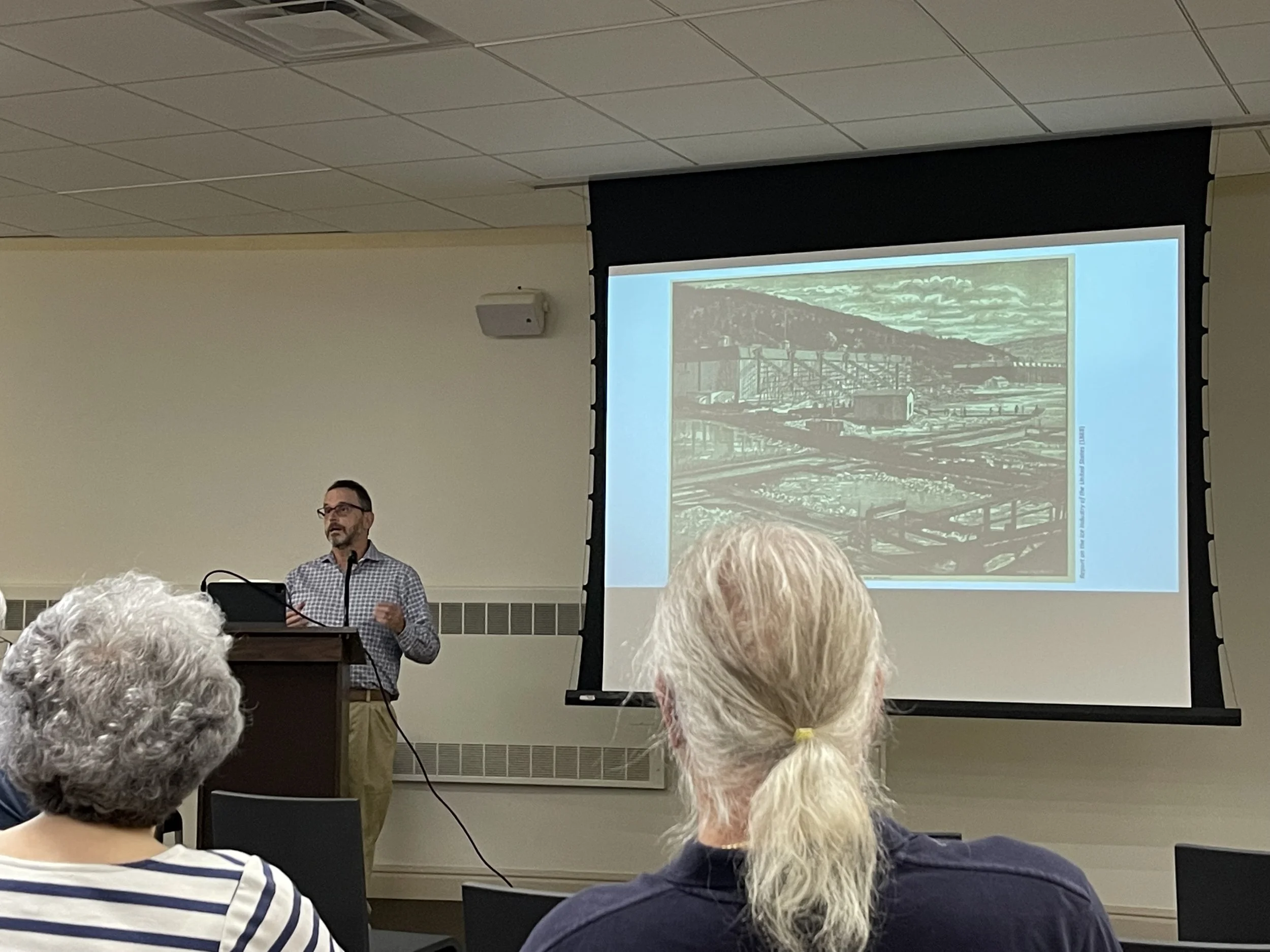
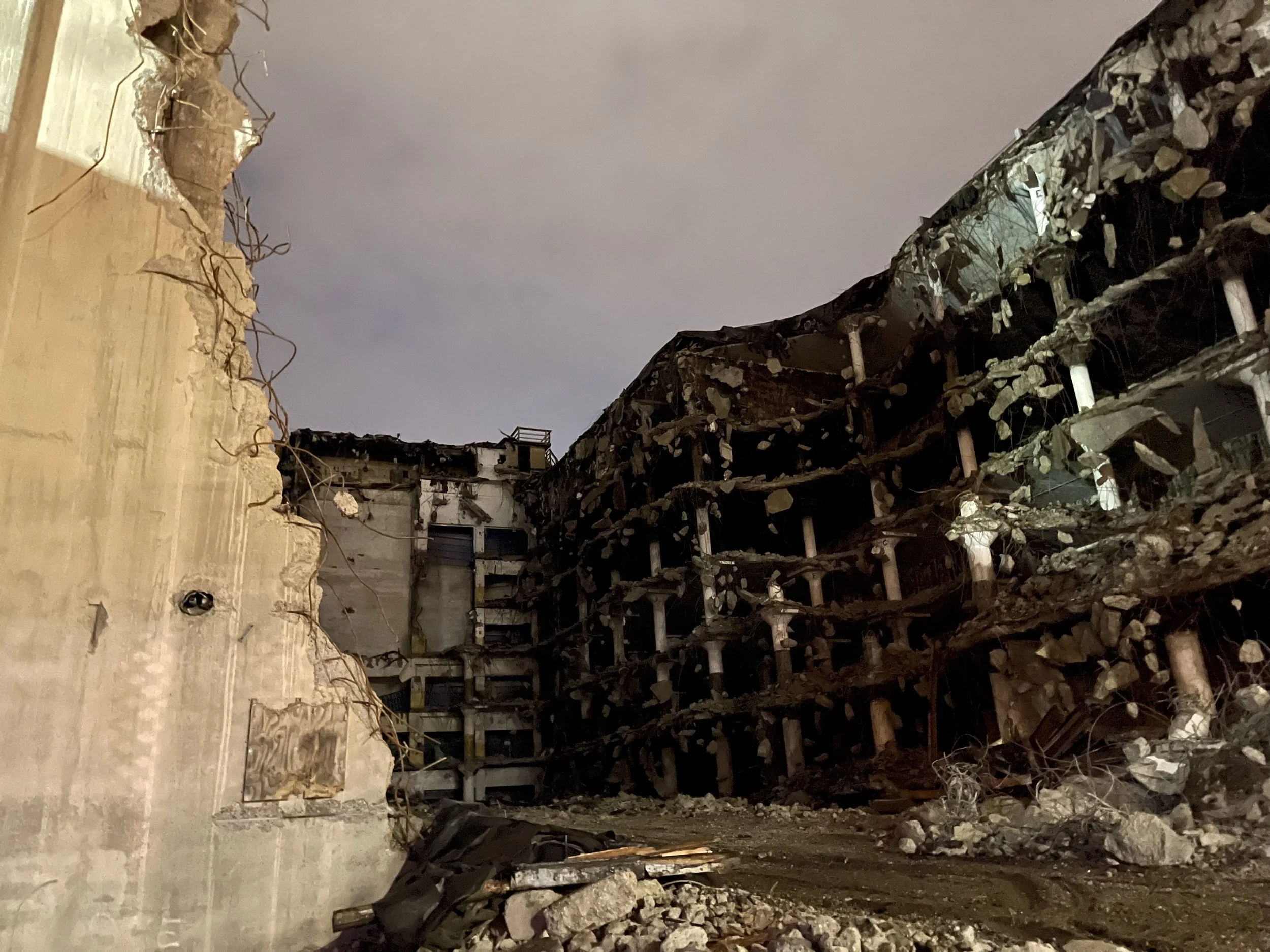
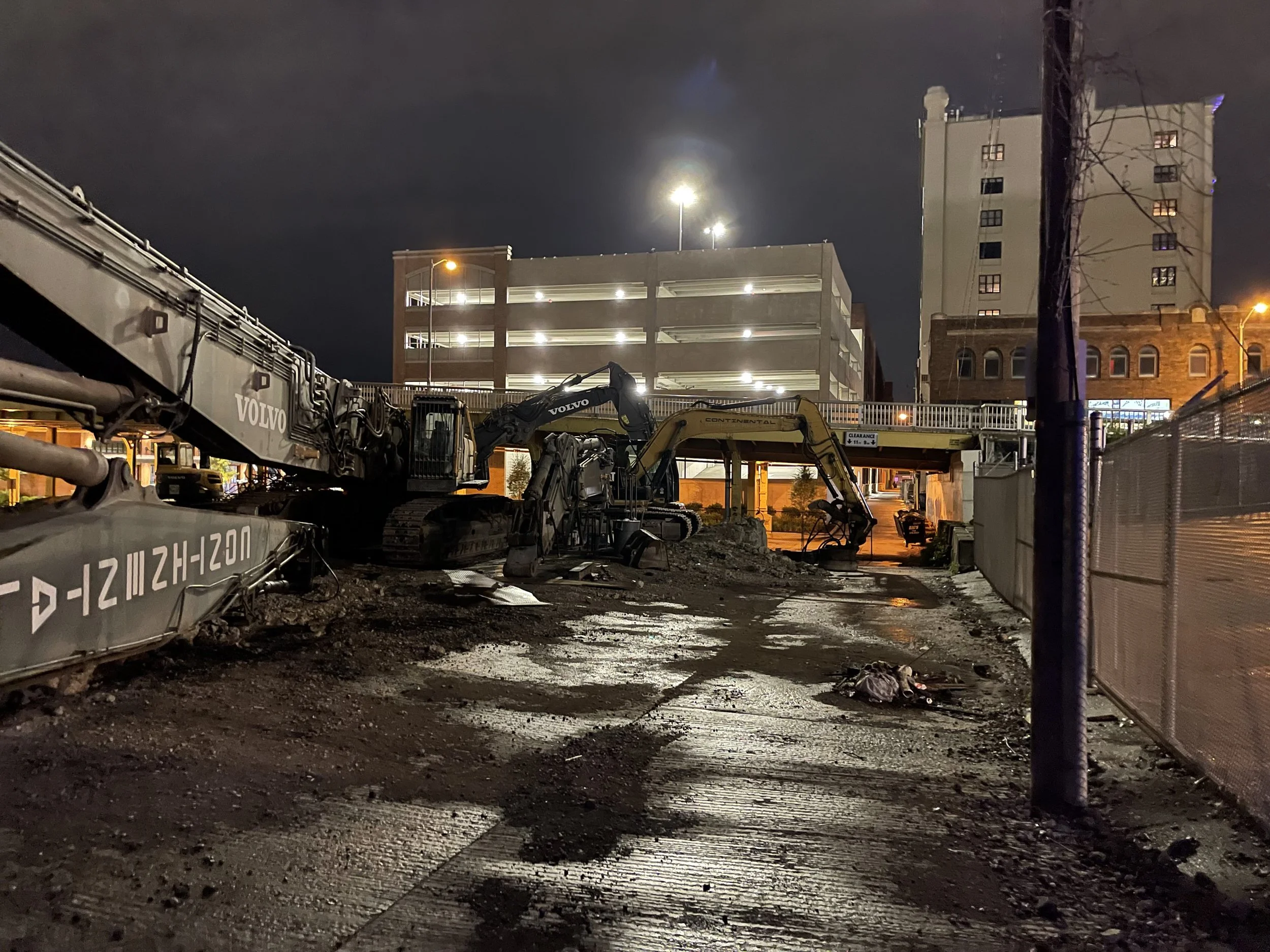
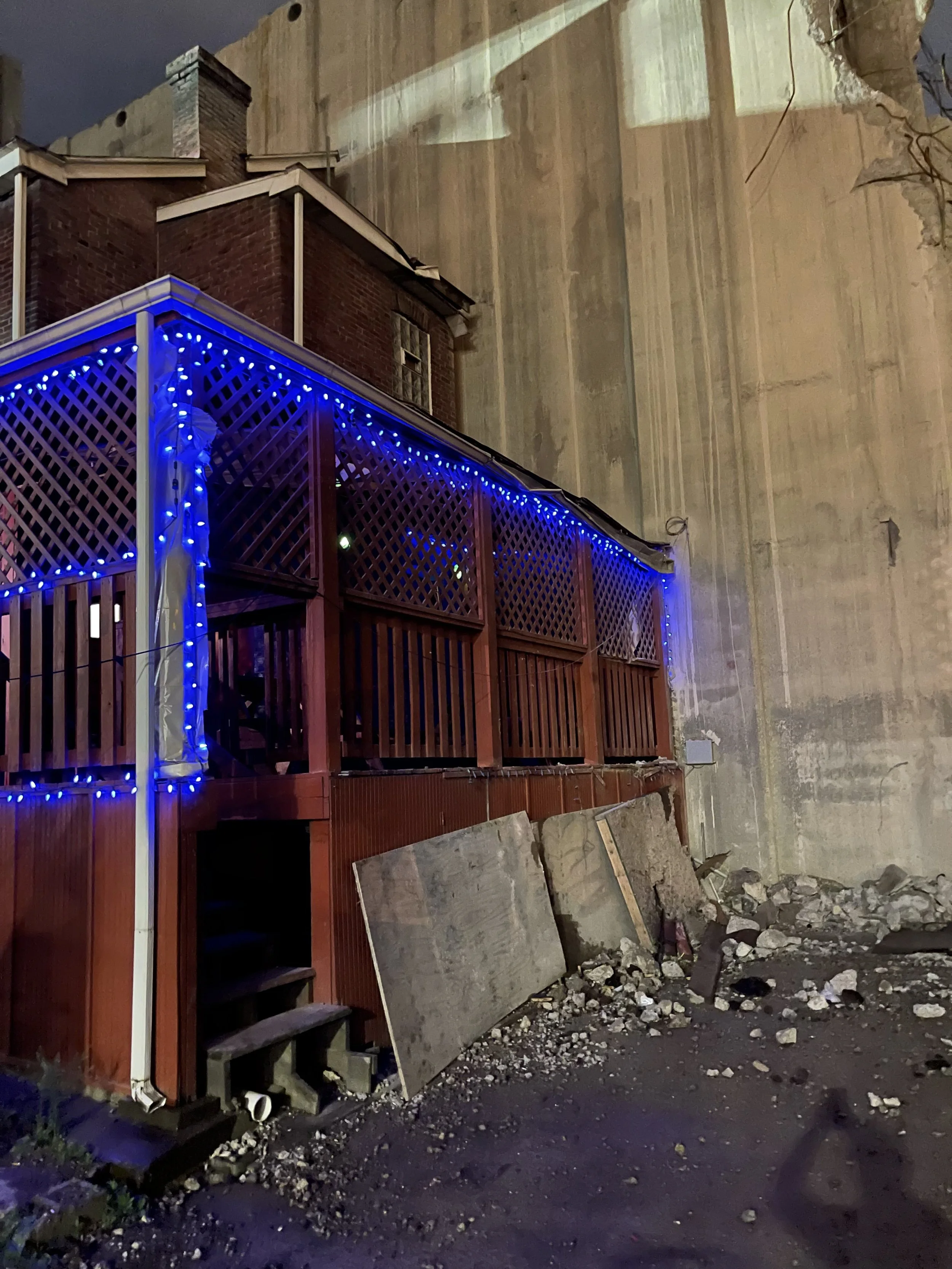
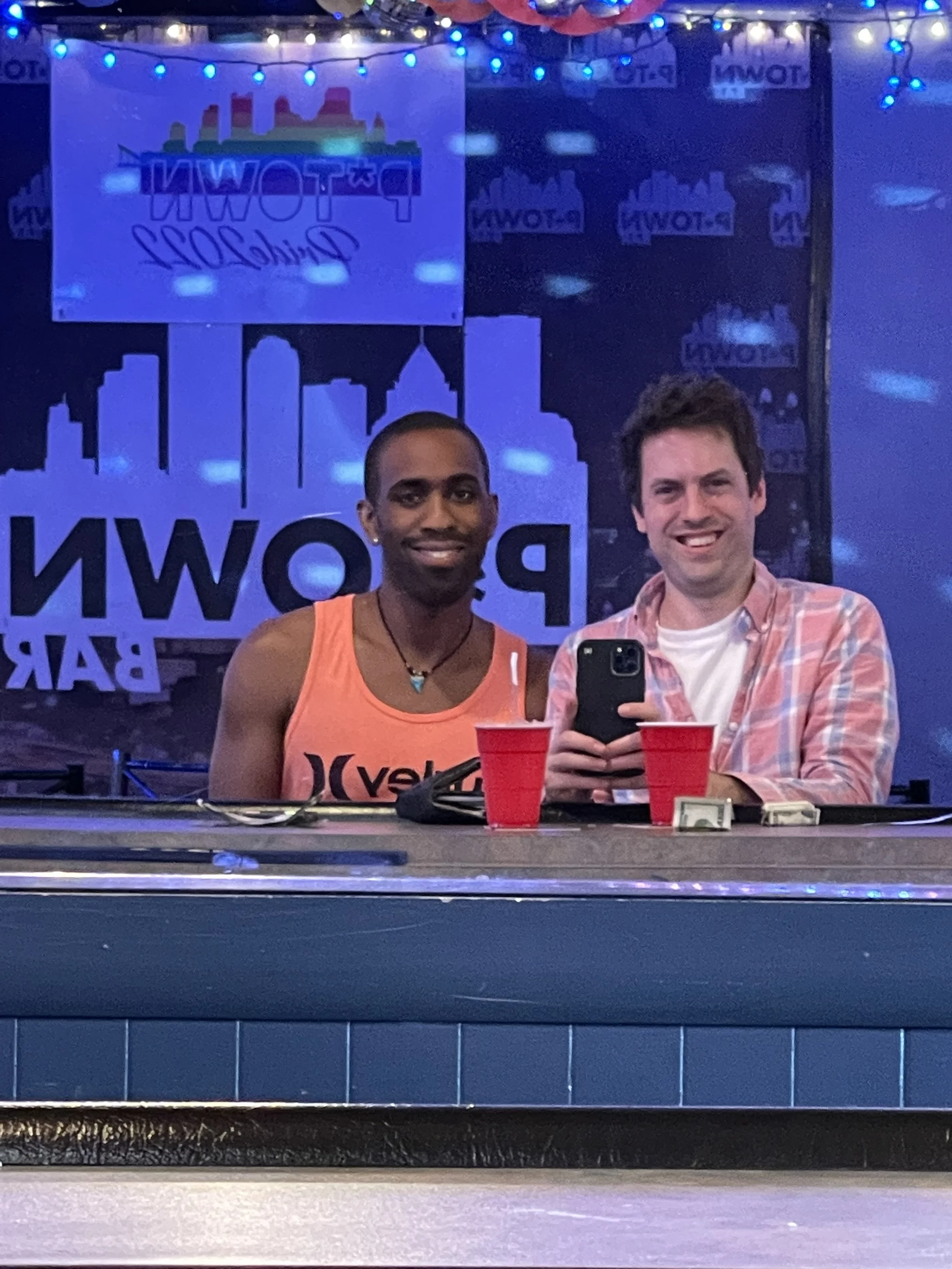
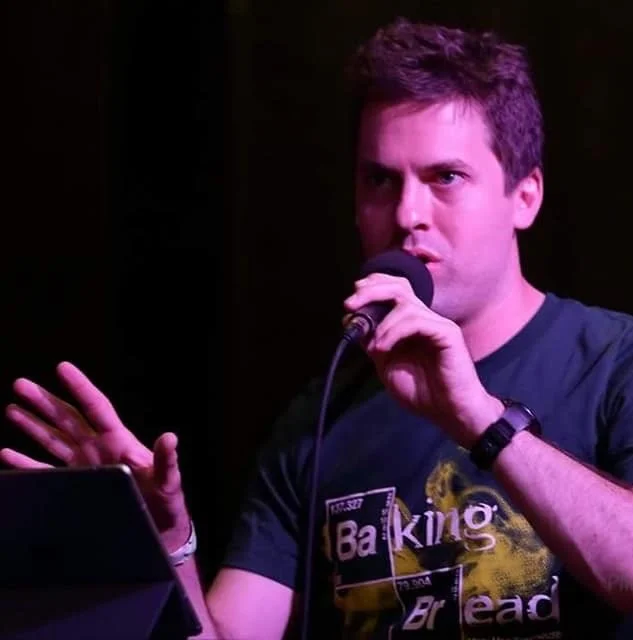



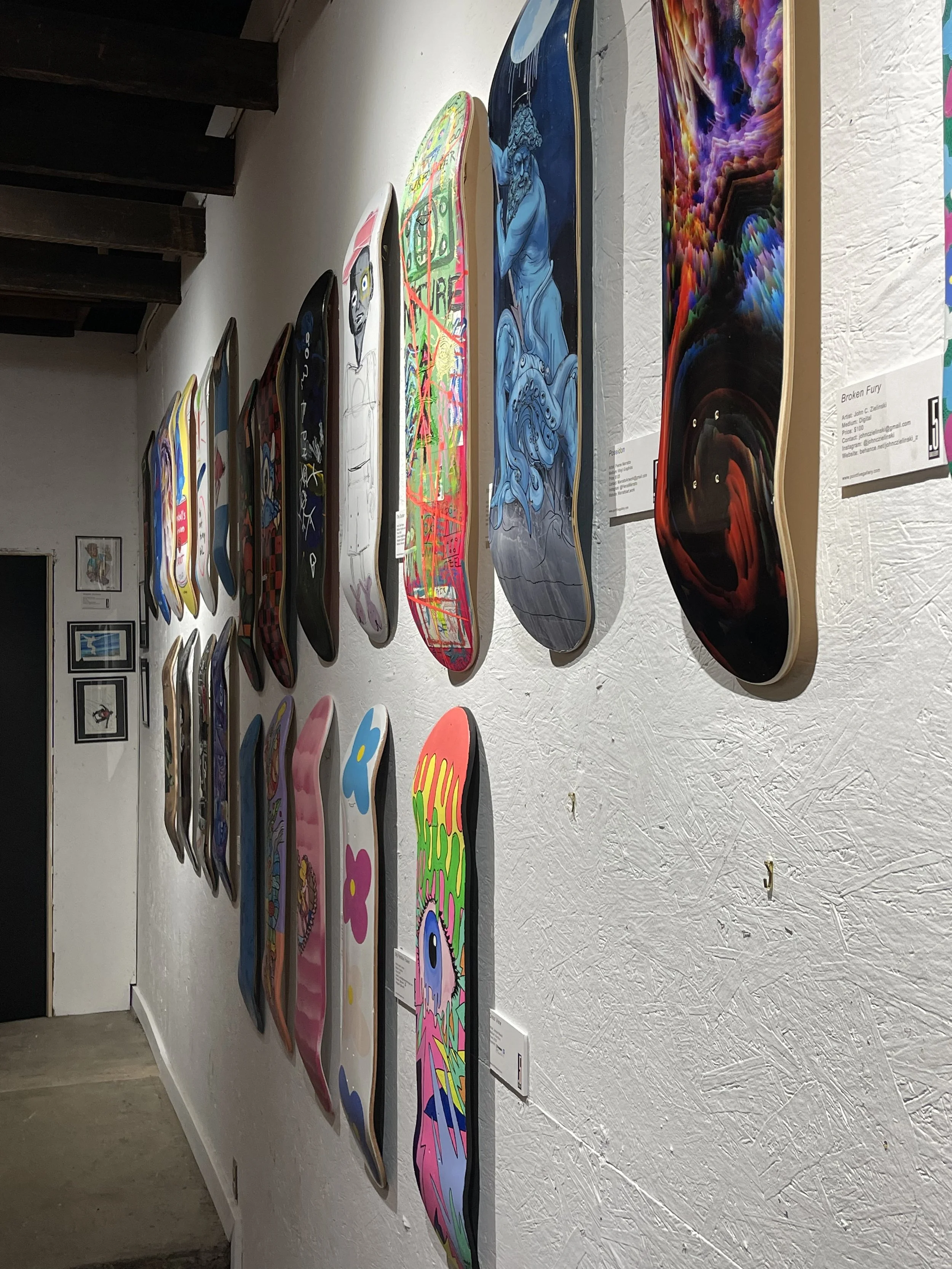
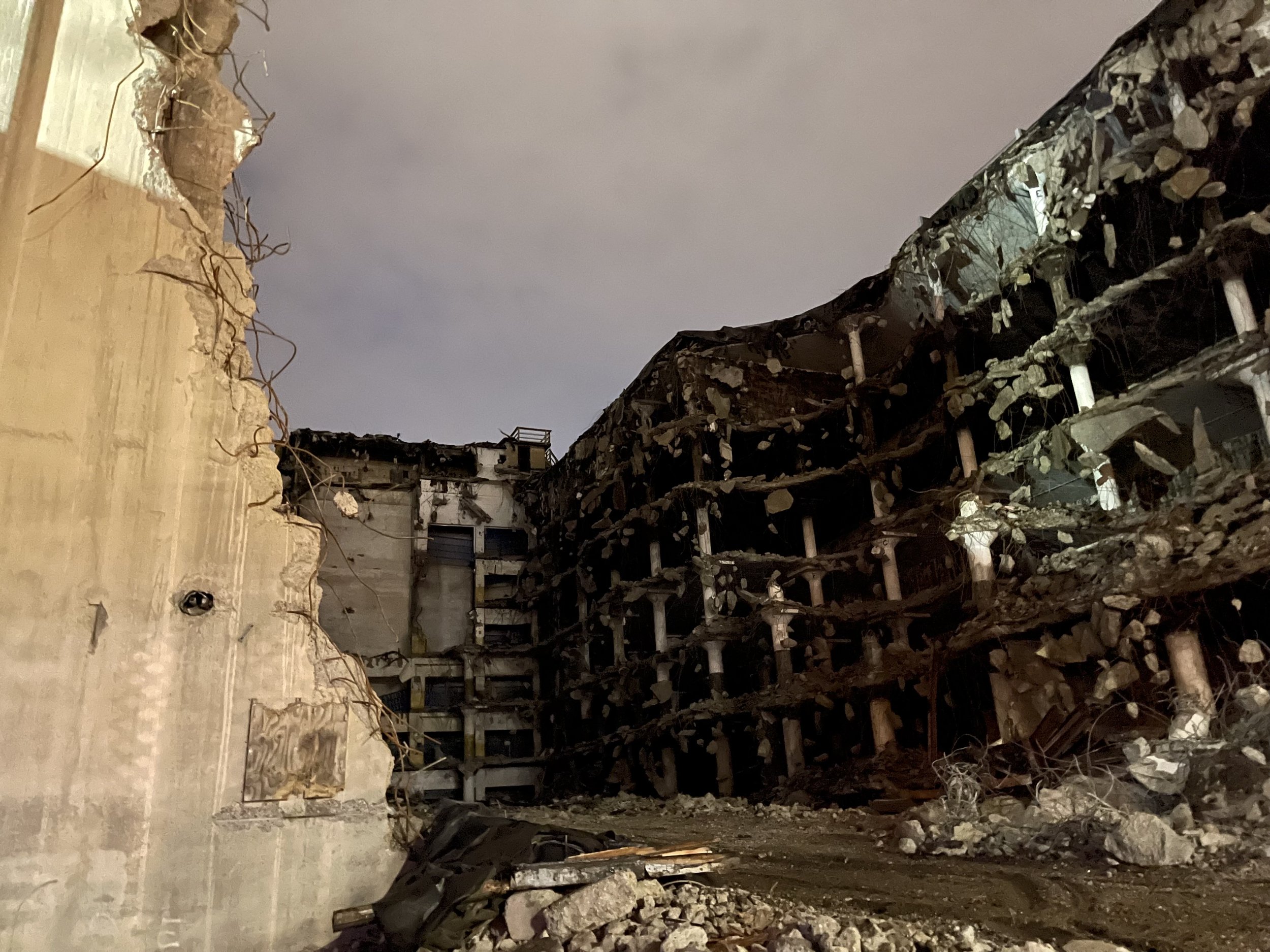
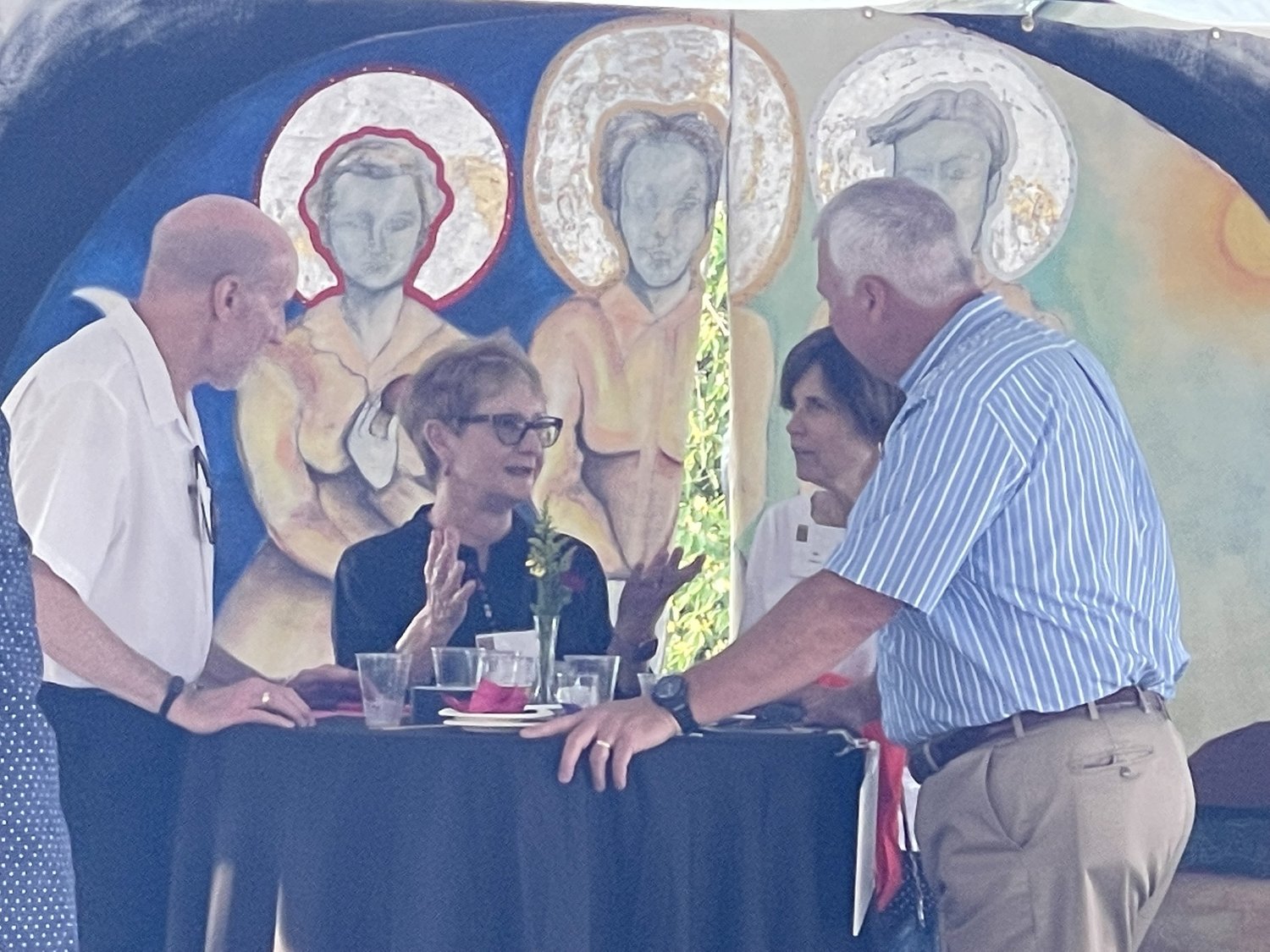

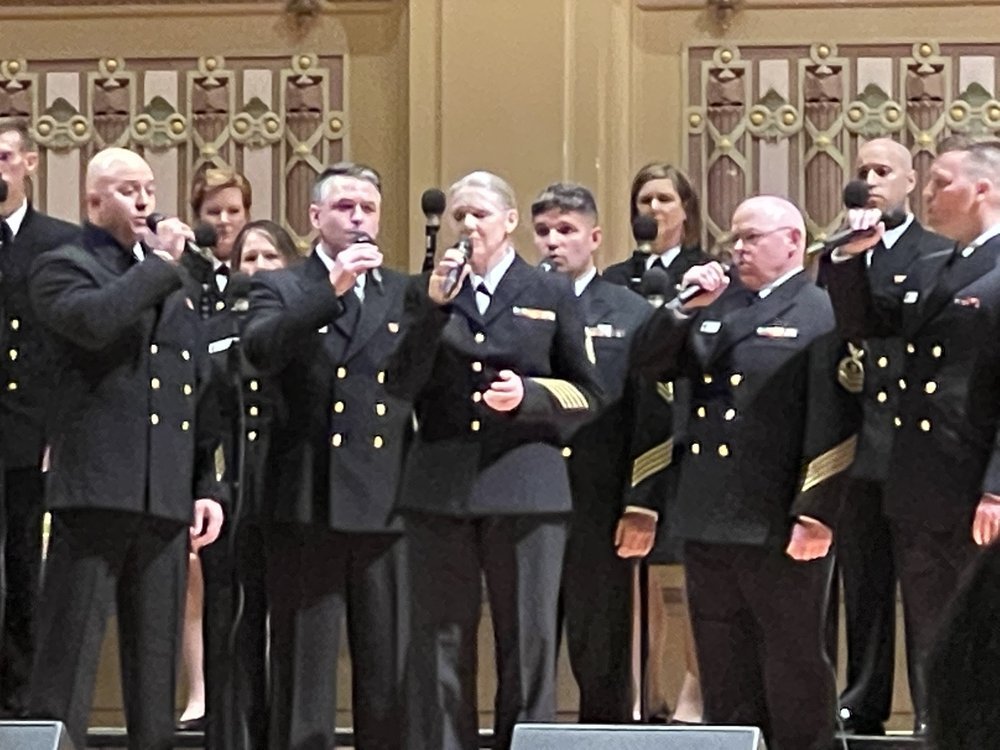



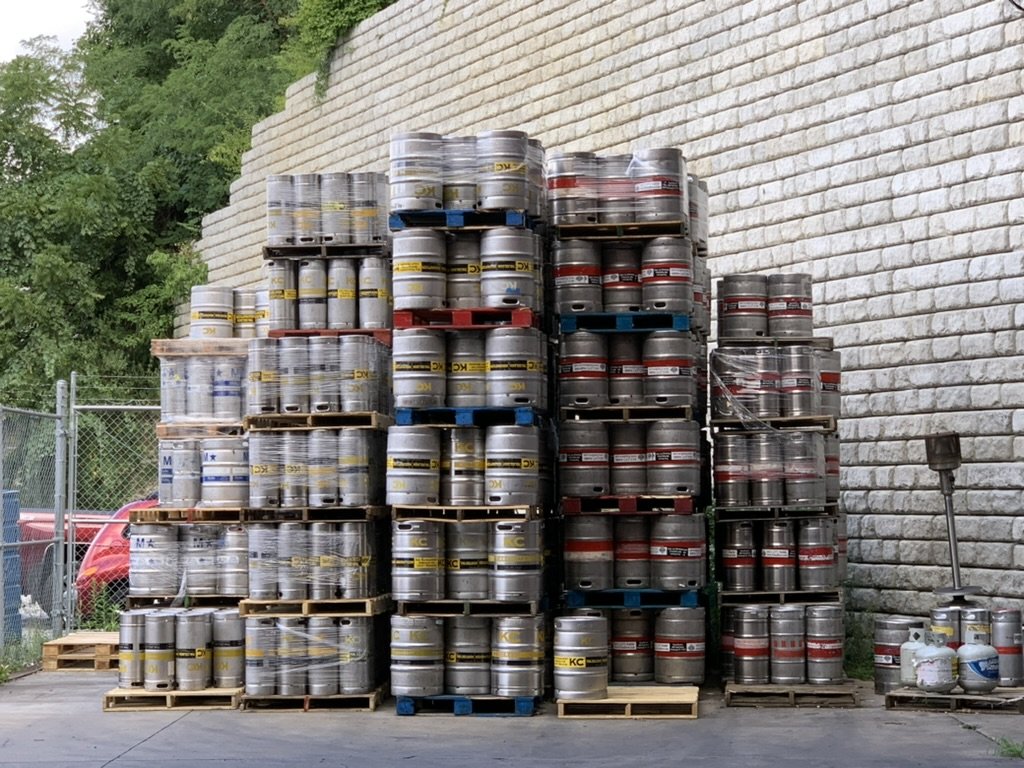
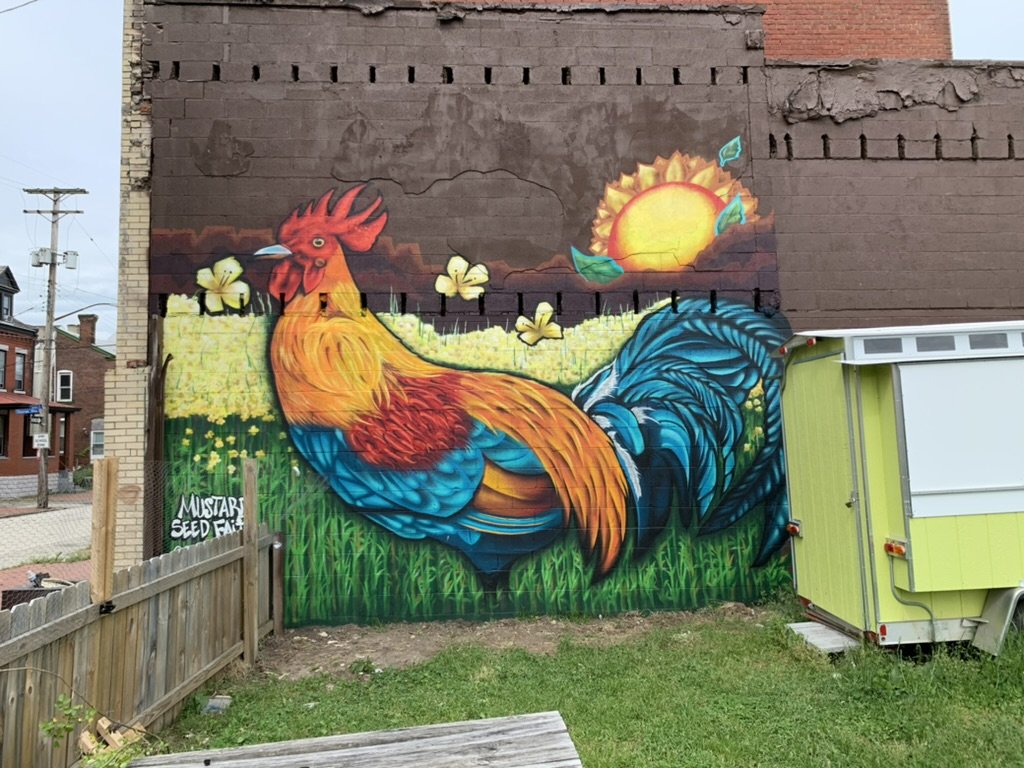


Dale Vaughn, founder of the community event SpaceBurgh which connects people to Pittsburgh's growing space industry, as well as the owner of space themed Space Bar, sits down with Brian Crawford to discuss the event, the bar, craft beer and hard hitting sci-fi questions.